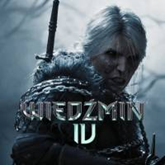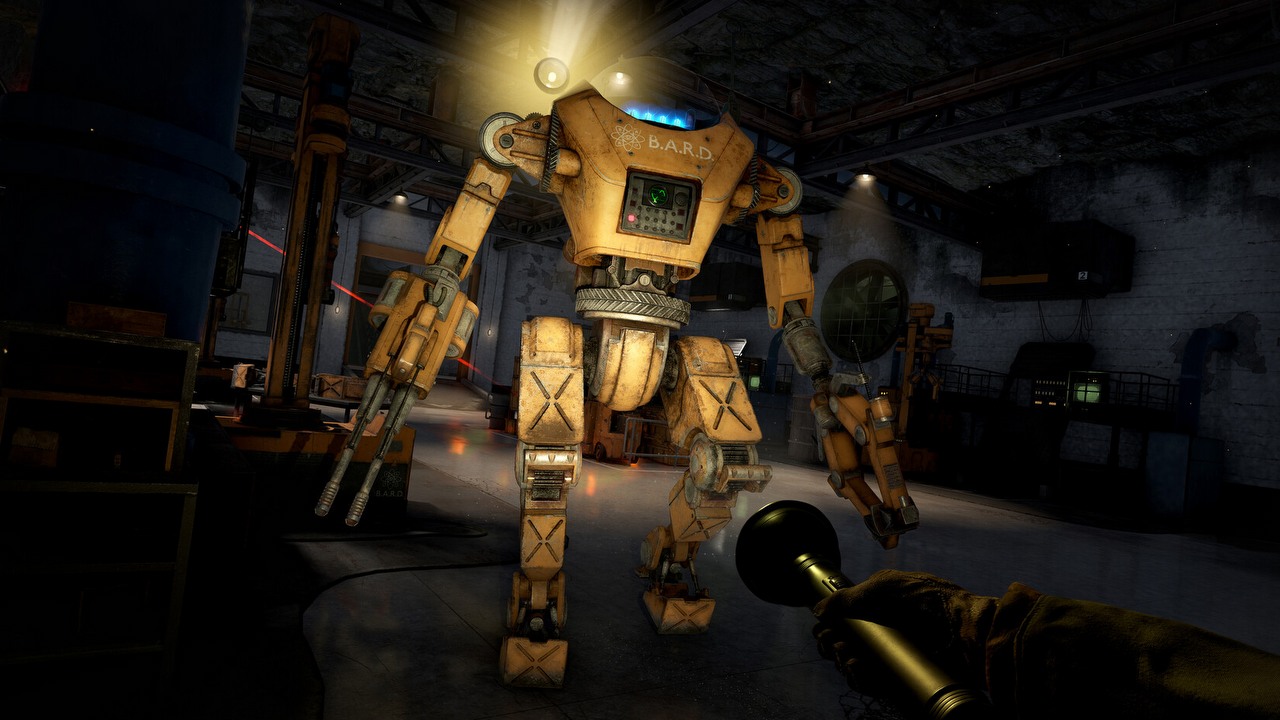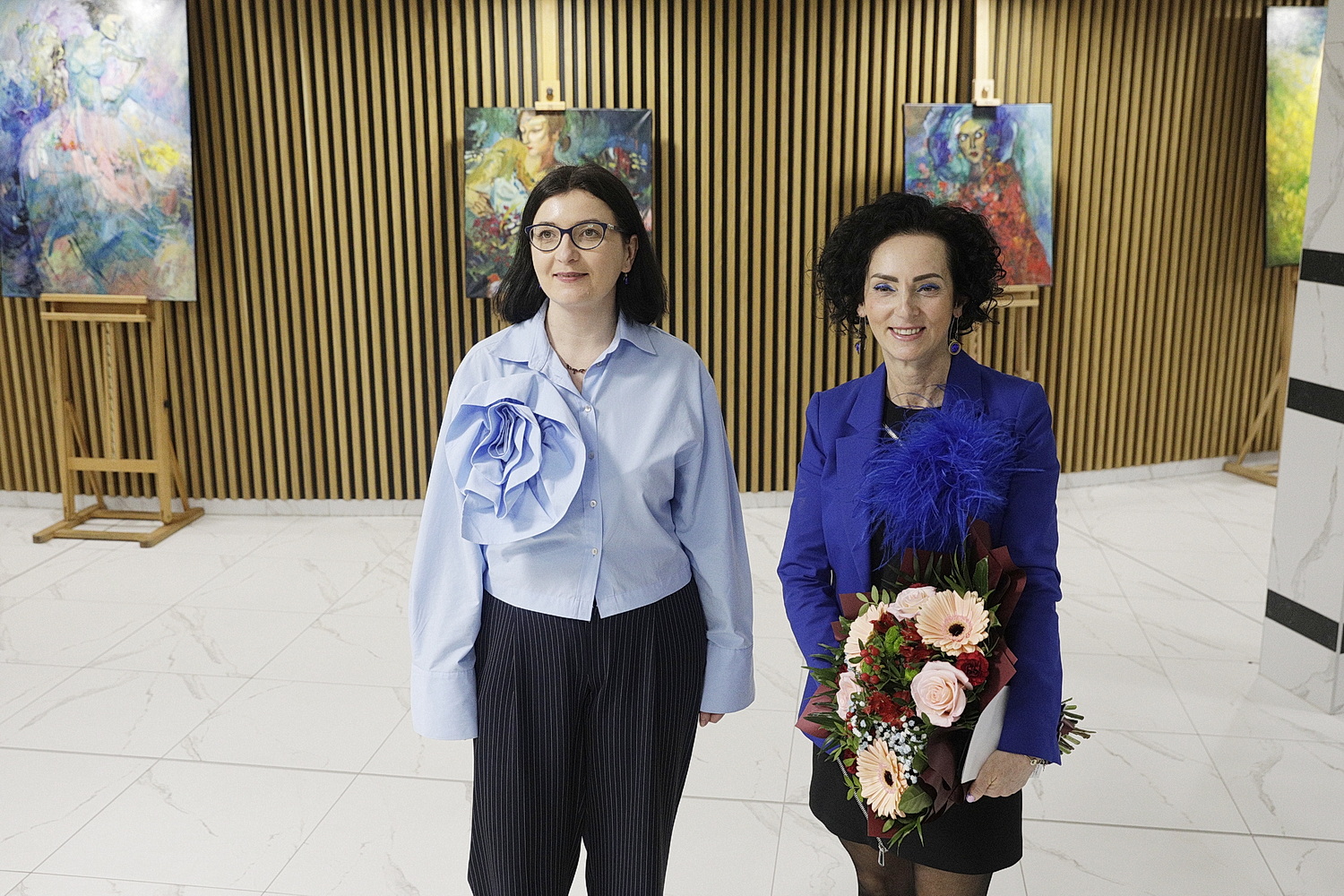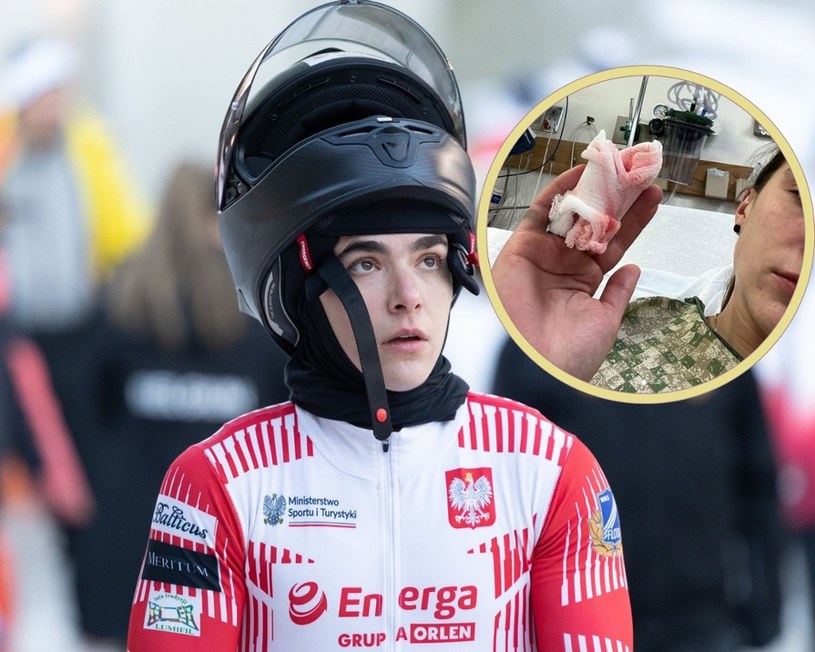Every year or two, I return to 1997’s Castlevania: Symphony of the Night. The defining action RPG’s pixel art, legendary score, and swift progression from groggy half-vamp to daddy-slaying demigod… To quote a popular meme, I grew up on these streets. I know Dracula’s castle right side up and upside down.
I besides owe my many playthroughs to the game’s playful, operatic English-language script, and for the deliciously mangled, never-boring voice acting that accompanies it. I return to Symphony of the Night to hear the alien emphases in lines like:
- Richter: “Die, monster!”
- Dracula: “I was called here by humans who want to pay me tribute.”
- Maria: “What do you here?”
- Alucard: “I’m interested in this.”
- Maria: “Do you know the name [leaning hard into the German “ch”] Reechter Belmont?”
- The boatman: “I’ll take you to a place which might be interesting for you.” [cackles]
- Demon familiar: “Hmmm… a switch. Why don’t I press it and seeeee!”
- Succubus: “Wait! I beg of you! Uuuuaaaagh!”
This week on Polygon, we’re looking at how cultural differences affect media in a peculiar issue we’re calling Culture Shock.
There’s a musicality to this “always at 11” voice acting — what Game Informer on Symphony of the Night’s release called “cheesy, yet sophisticated” — that lingers the way tasteful voice acting seldom does.
I have played Symphony of the Night on the first PlayStation, with an emulator, and in 2 Xbox iterations, and it’s remained functionally the same across platforms — until now. On PS5, I repurchased the game as part of Castlevania: The Dracula X Chronicles, a 2007 collection originally released for PSP that contains Symphony of the Night as well as 2 different versions of 1993’s Castlevania: Rondo of Blood. Mostly, I wanted to play “the PSP version” due to the fact that Konami added the option to play as Maria, a feature scrapped from all but the game’s laggy, long-lost Sega Saturn port.
But in the Dracula X Chronicles port, all my favourite lines were gone, replaced by respectable and completely hinged performances. Turns out the PSP version boasts a different, new-to-me script and voice cast, 1 whose merits have been debated among fans always since the 2007 rerelease. (Both versions have been available for acquisition on parallel tracks always since, the first on Xboxes and the revision on PlayStations.)
The game was inactive large to play, but… was it inactive Symphony of the Night?
‘We’ll shove it in the game’
In the mid-1990s, American Jeremy Blaustein worked in the global business department at Konami’s nipponese offices, awaiting a promotion to R&D that he suspected was never coming. Unhappy as the lone foreigner clocking in at the “button-down, suit-wearing office,” and with a fresh baby to consider, Blaustein relocated his household to the United States, where he’d be home adequate to see his kid grow up.
His post-Konami occupation was inactive a Konami job. Through his connections, Blaustein picked up a series of freelance gigs translating the company’s games from nipponese to English. His first occupation was the tactical RPG Vandal Hearts.
The process was completely unsupervised. According to Blaustein, a improvement team’s last step before their well-deserved two-to-four-week vacation was to hand the game’s text off to the business department and say, “Get this translated. And erstwhile we come back, we’ll shove it in the game.” Not only was nobody breathing down Blaustein’s neck, nobody was even available to answer his questions. Even erstwhile it came time for him to translate Castlevania: Symphony of the Night.
According to Symphony of the Night composer Michiru Yamane in a 2012 interview with 1Up, translating the Castlevania game at all may have been a last-minute decision for Konami. “When we first created the game,” she said, “we were only planning to release it in Japan. […] So we were able to complete and release the game, and then I took any time off. erstwhile I came back to the office, all of a abrupt the company had already made the decision to translate it into English.”
Symphony of the Night’s assistant director, Koji Igarashi, was entirely removed from the translation process. “I don’t realize English at all,” he said in his 2015 DoubleFine “Devs Play” interview, “so I just said, ‘This is all in your hands!’”
Konami gave Blaustein 3 months to translate Symphony of the Night into English — all voiced line, item, enemy name, and bit of on-screen text. There was already English language peppered into the game — the notorious “GAMEOVER” screen, complete with the immortal line “Let us go out this evening for pleasure. The night is inactive young,” as well as the song “I Am the Wind” — but it was a mountain of work. Paid per word, he was incentivized to decision quickly. “It’s a truly fast process,” he told me via Zoom. “You gotta go through 4 or 5 or 6,000 nipponese characters per day. erstwhile you’re done, you’re looking forward to the next day. You’re not going back and saying, ‘Oh, how did I translate yesterday’s lines?’ Just always moving forward.”
With no support, small time, and a mountain of made-up words to translate, Blaustein improvised, packing the game with references. Many were right in front of him: The game’s first relic, the Cube of Zoe, is named after his daughter (not a 19th-century Russian empress, as many speculated). For others, he turned to his favourite works. J.R.R. Tolkien’s influence was peculiarly pronounced. The translation includes the swords Glamdring and Crissaegrim, enemies called Wargs, the Rings of Varda and Feanor, and many more references to Middle-earth. “I saw Castlevania as a large world,” he told Dongled last year, “and I wanted it to feel epic. So I reached into mythology and Tolkien to give things weight.”
The Symphony of the Night boss Granfalloon was Blaustein’s ode to Kurt Vonnegut’s 1963 fresh Cat’s Cradle, in which the religion of Bokononism regards humans as either karass, those who “do God’s Will without always discovering what they are doing,” or granfalloon, people so desperate for community that they’ll fall for anything. The boss, a fleshy sphere protected by zombies who value its endurance over their own, brilliantly embodies the concept. Brought back in later games as well as the animated Netflix series, the Granfalloon is simply a fan favourite that was appropriately but boringly renamed Legion in all future incarnations.
For voiced dialogue, Blaustein “tried to compose the script in a semi-archaic way,” he said, giving characters’ speech a bygone flavor impossible to pin down to a single time or place. He achieved meme glory in the game’s very first interaction: a conflict of barbs between Trevor Belmont and number Dracula. The first nipponese dialog was comparatively standard. Before they fight, Dracula dramatically tosses his wine glass to the level and says, “Nonsense. I’ll let you know who’s right… with death!”
Wanting something more suitably macabre, Blaustein turned to lines from the French fresh Man’s Fate by André Malraux. “What is Man?” says a character in the book. “A miserable small pile of secrets.” Blaustein imagined how arrogant the line would sound coming from Dracula — so dismissive of humans — and put it in the dark lord’s mouth, followed by the taunt, “But adequate talk. Have at you!” The rest is history.
Despite the enduring popularity of his work, Blaustein laments how small support Konami gave the translation, which allowed for mistakes like the misspelled “Reverce Caverns.” “No adequate time was given for it to be done right,” he said, noting that a appropriate linguistic quality assurance process, in which a game’s text is copy edited with fresh eyes, would have caught specified errors.
When the occupation was finished, Blaustein handed in his translation — and he says that’s what went into the game. He received no feedback and didn’t hear another word about Symphony of the Night until months later, erstwhile he, along with the remainder of us, picked up a copy.
Symphony of the Night was cast and recorded entirely in Japan from a comparatively tiny pool of English-speaking Americans surviving in Tokyo.
Robert Belgrade, a working musician who attended university in Tokyo to keep his visa, stumbled into voice acting erstwhile a prof. suggested he give it a try. 1 demo later, he was performing in Konami’s Crypt Killer, task Soul’s Soul Blade, and tri-Ace’s Star Ocean. He landed the function of Castlevania’s Alucard with remarkable nonchalance.
“You’re just reading these lines and you effort to imagine what’s going on with the action as best you can,” he said in a 2012 interview with Caio Leandro. And anyway, games weren’t his thing. “I never even saw the finished products of all those games that I was doing back then. […] To be real honest with you, I’ve never played a video game in my life.”
Belgrade’s 1 and only day of recording dialog for Symphony of the Night was typical of the era. At Konami, actors received fewer details about the characters and storyline. “You would walk in, you’d be given a script, and it was completely out of context,” he recalled in a 2023 interview with Dongled. “You’d have possibly 200 lines and 2 hours.” But with no prep and small context, Belgrade developed a consistent voice different from his own — restrained, dignified, and aloof in a way that fit the character perfectly.
But even large actors can’t save a performance if they’re set up to fail. Much of the game’s nipponese improvement squad was blindsided by the news that Konami wanted an English translation. “Everybody already put their all into it, and they were finished,” Yamane said in her 1Up interview. “When the company came back and said, ‘We want an English version,’ they were all like, ‘…really?’”
The biggest obstacle — and the likely reason that the performances sound so otherworldly — was that the actors were directed by a non-native English speaker. Haruhiko Inaba, a Konami worker with decent but imperfect English, according to Yamane, cast and directed the recordings in “a very rushed process.”
To Blaustein, Inaba encountered issues anyone faces erstwhile working in a language they don’t talk fluently. “If I wrote the lines, I know precisely how I want them to sound,” he said. “I know what’s going on. I know the emotional content of the scene. erstwhile I hear a guy act, I can justice it beautiful well due to the fact that I’m a native talker and I’ve got a good ear. But if I heard a guy in Japanese, I couldn’t reliably tell you whether or not he was being a large actor or whether he was actual to the nipponese detective genre of the 1970s.”
When he played the game for himself and heard his lines performed, Blaustein was incredibly disappointed. “It was clear that they were just reading it,” he remembered. “They hadn’t read comic books and Tolkien as a kid like I did. […] ‘Mankind sick needs a savior specified as you.’ This is an old kind of writing. And unless a manager understands it, or the voice actors understand, then you’re gonna get garbage.”
Imagining what might have been if the text was “read correctly by an actor who gave it any time and thought,” the performances struck Blaustein as a missed opportunity. Compounding the problem: The audio itself was poor. “It sounded like it was recorded in a bathroom.”
Even the nipponese developers recognized the translation’s shortcomings. Discussing the voice acting in the Richter and Dracula beginning scene, Igarashi said flatly, “The nipponese sounds a lot cooler.”
‘A thing called nuance’
Blaustein maintains that you can’t call his translation of Symphony of the Night “localization” — a word nobody utilized back then anyway. actual localization implies a level of resources, care, forethought, and infrastructure that did not yet be erstwhile Konami started publishing its games for a non-Japanese market. “There was nobody specializing in games translation,” he said. “It was just: Can you translate this?”
In the 1990s, a game was not a text but a product. Matters of translation were far from the minds of all but the most otaku of English-language gamers — and the net was inactive nascent. At the time, a translated game was what Blaustein calls a “black box” in which players would not know what decisions were made or how their translation differed from the original. “They only got what they got,” he said. “So if a word was completely different than the word in Japanese, there was never any anticipation that anybody would bring up the issue, let alone complain.”
The attitude that “the English version and the nipponese version needed to be the same” is reflected in the large swings made by many English-language translations of the era. Chrono Trigger translator Ted Woolsey named bosses after stone stars and made Frog talk in vaguely Shakespearean English. Working Designs added jokes, references, and fourth-wall breaks to Lunar: Silver Star communicative Complete. Jason Leung referenced TLC’s “No Scrubs” in The Legend of Zelda: Majora’s Mask.
With the ubiquity of tools like Google Translate, contemporary fans sometimes request “straight” translations — ignoring that no 2 languages are identical, words carry different meanings, and conviction structures vary dramatically. As translator Clyde Mandelin pointed out in 2013, a direct translation of Dracula’s speech at the beginning of Symphony of the Night would lose impact in English due to the fact that the “hamfisted usage of love, respect, faith, and togetherness comes across a bit cornier erstwhile put into English.”
“There’s no way that a one-to-one translation is going to get you where you want to go,” Blaustein argued. “There’s a thing called nuance.” Or, as the French author Paul Valéry put it in a line Blaustein quoted in a 2019 essay for Polygon, “Fidelity to meaning alone in translation is simply a kind of betrayal.”
While any first meaning of Symphony of the Night was lost in Blaustein’s off-the-cuff translation, his linguistic freedom offered an chance to build off the origin text to make something fresh — translation as interpolation. There are artistic, cultural, and individual reasons to more closely adhere to origin texts, but nobody in 1997 — not Koji Igarashi, Konami, or the gaming public — demanded strict fidelity. And why should they? actual to Bram Stoker remixing east European folklore to make Dracula, and the Konami squad mashing up the fresh with all their favourite American action and horror movies, Blaustein was taking his own textual liberties. Each set of hands that touches a task adds a fresh layer born of interpretation, creative license, and a sense of play.
The Castlevania series has always embraced absurdity; remember, in its first installment, players fought Medusa, The Mummy, Frankenstein and Igor, and Death himself before finally getting to Dracula. And Symphony of the Night is suffused with a deliberate silliness that separates it from a mock-worthy so-bad-it’s-good curio like The Room. Consider the Bloody Zombie whose defeat triggers a Kill Bill-style blood fountain and guttural death scream, or the Royal Chapel’s mischievous ghost priest who randomly stabs you during confession.
Which brings me back to the tasteful buzzkill of the PSP script. Gamers eager to hear Symphony of the Night’s iconic “What is simply a man?” line won’t find it. “Ha! Mankind,” Dracula says in the PSP version. “A cesspit of hatred and lies.” Yet even here, Dracula uses the occasion to reflect on the nature of humanity — something he never did in the nipponese original. Blaustein’s decisions echo throughout the retranslation.
Sometimes the PSP version is not just little interesting, it’s worse. Taking in Alucard for the first time, Maria says in the first translation, “You seem human and yet…” In the PSP version, she says, “Wait. Are you human?” The elegant ellipsis that allowed our minds to fill in the gap has been bulldozed in favour of the bluntest translation possible.
Like many remakes and remasters, the PSP version of Symphony of the Night is simply a polished echo of the original, at erstwhile better and worse. Iconic lines vanish. The shopkeeper sounds like the first shopkeeper on sleeping pills. (Unlike in the Resident Evil 4 remake, which leaned into and even improved on the meme of the game’s own campy shopkeeper.) At its worst, the PSP version is like George Lucas paving over his Star Wars trilogy with modern CGI.
As Blaustein remarked in our conversation, sometimes we humans just don’t know what we want. “People like the corniness,” he said. “They like the indie feel of it. But then they besides want to fix it.” We set out to map out a castle, turning all the red rooms blue, only to find at the end we feel nothing. As any Tolkien fan can tell you, it’s more about the journey than the destination.
Both publically and in conversation with Blaustein, Igarashi has recognized that the badness and boldness of the first translation is part of its charm. “We were never expecting [Symphony of the Night to be a hit in the West],” he said in a 2018 interview with USGamer (now on VG247), admitting the studio lacked experience in localizing a game at that point. “It’s interesting, due to the fact that if [“Die, monster!”] had been a cooler line, possibly it wouldn’t have been as well-received. Personally, I wanted [Richter] to say something truly cool. It’s an ongoing gag about his lines being weirdly phrased, but I guess that’s the reason it had quite a few impact on players. In a way, that’s good.”
The first translation captures the chaotic vigor of creators inactive grappling with fresh technology. erstwhile Symphony of the Night was in development, the expanded retention space of the CD-ROM had only late made voice acting in console games possible, and nipponese companies were inactive developing the tools and processes to make games sound good in their own language. While typical for the time, Konami’s method for translation and voice acting lacked the quality control systems to keep disasters from happening… yet it didn’t matter. In a goofy game with plenty of intentional jokes, the cheese was all part of the fun.
“Sometimes we just gotta make our peace with being a small baffled,” Blaustein put it to me. “Sometimes a game is just a collection of weird small bits — happy accidents. And erstwhile it all comes together, you accept it as a whole.”





















